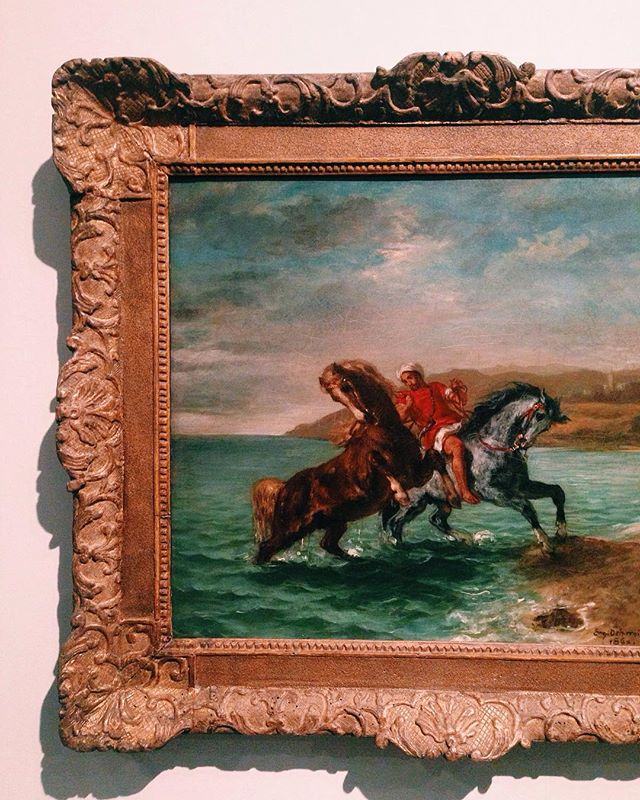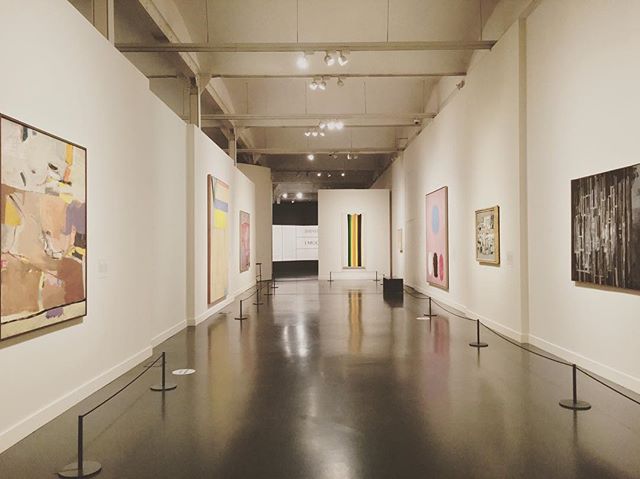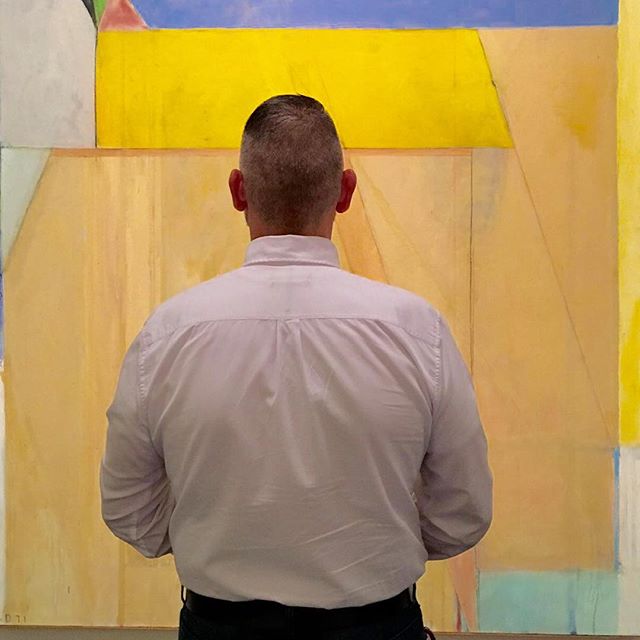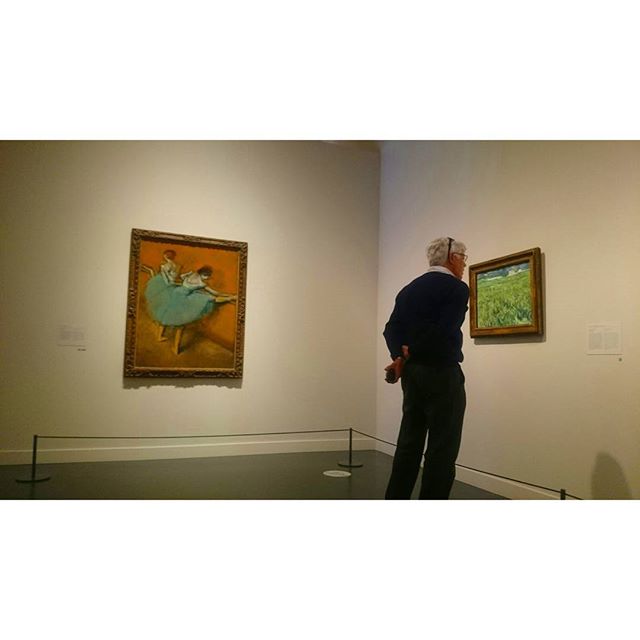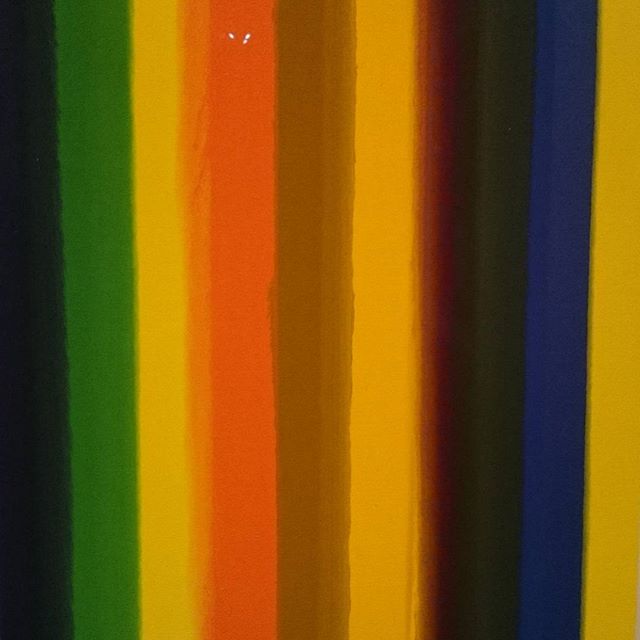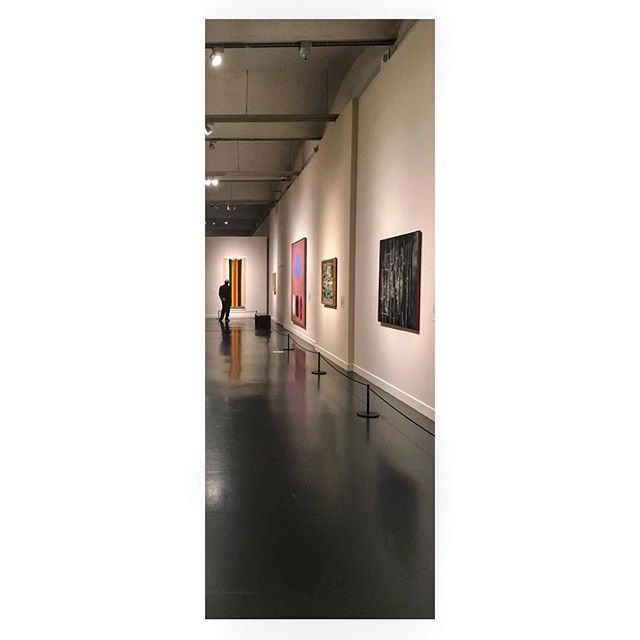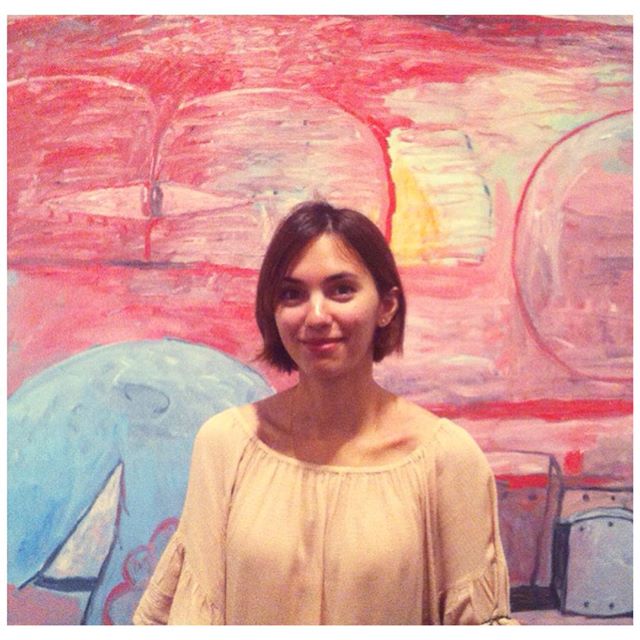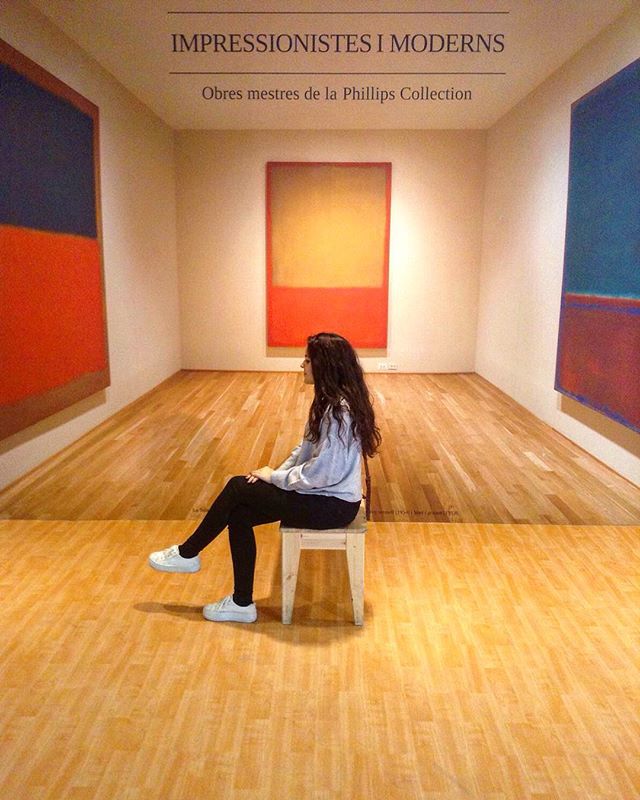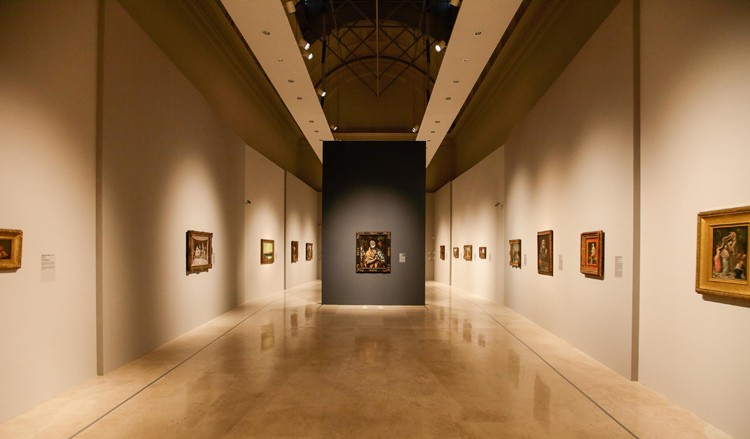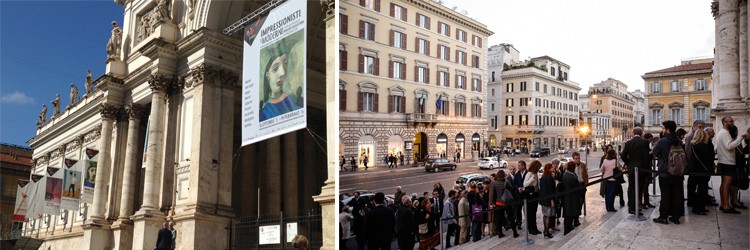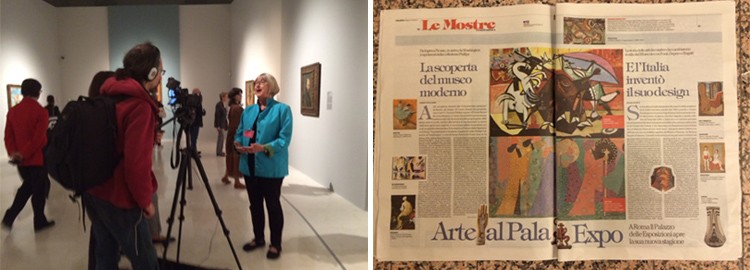Some works from the Phillips’s permanent collection have been on a world tour over the past year, and visitors from have been sharing their creative photos from abroad! In this month’s ArtGrams, check out some of our favorite Instagram photos of these works as they visit Fundación “la Caixa” in Barcelona, Spain.
Tag Archives: masterworks
Paintings on a European Vacation
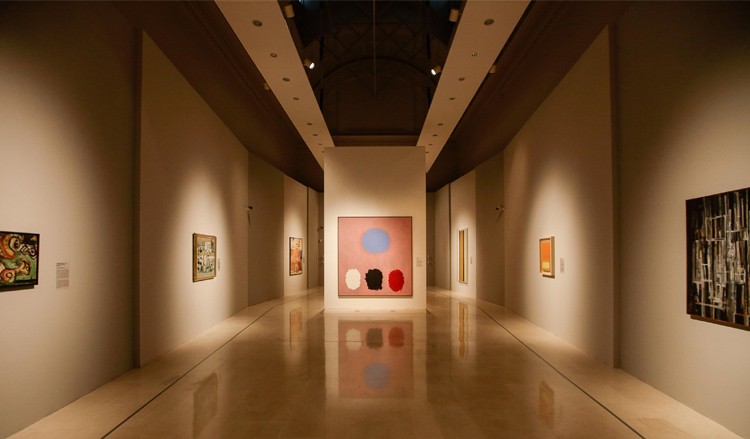
Installation view of one of the six galleries dedicated to a traveling exhibition of works from the Phillips’s permanent collection at the Palazzo delle Eposizioni in Rome. Photo courtesy Palaexpo
Last month, a number of works from the Phillips’s permanent collection found themselves in a new setting at the Palazzo delle Eposizioni in Rome. The exhibition will be on view through February 14, 2016, before heading to Barcelona.
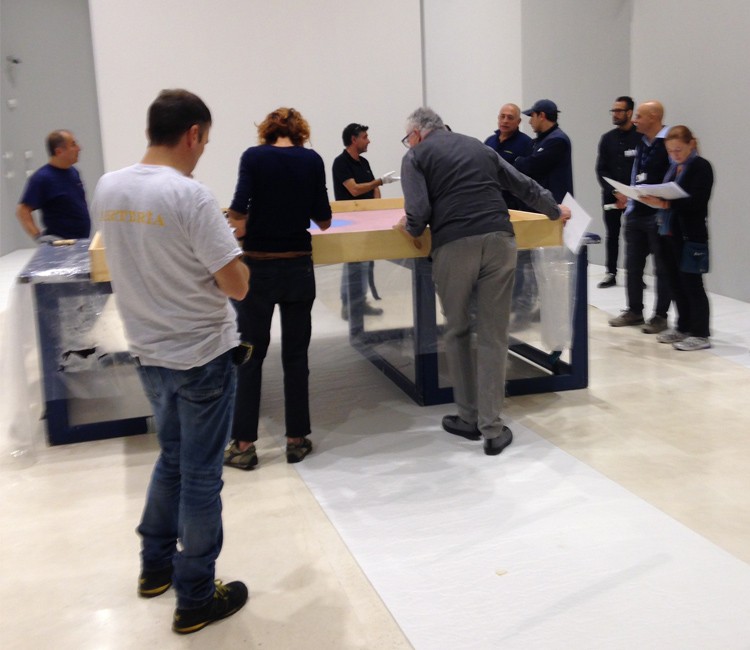
Phillips Curator Susan Behrends Frank snapped this photo of the condition reporting as a final check before this work gets installed in the galleries. Photo courtesy The Phillips Collection
Conversations with Matisse
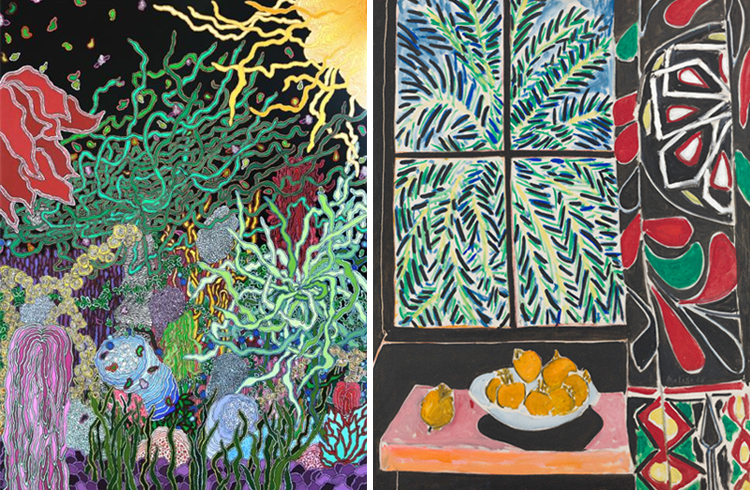
(1) Carol Brown Goldberg, Maggie on My Mind, 2015 (2) Matisse, Henri, Interior with Egyptian Curtain, 1948, Oil on canvas Framed: 48 5/8 in x 38 1/4 in x 2 in; 123.52 cm x 97.15 cm x 2 in; 45 3/4 x 35 1/8 in.; 116.205 x 89.2175 cm.. Acquired 1950; © 2015 Succession H. Matisse/ Artists Rights Society (ARS), New York
How does one converse with a piece of art? Can it talk back? What does it have to say? These are the questions at the heart of The Phillips Collection’s One-on-One series, which engages artists to select a work from the museum’s permanent collection and juxtapose it with works of their own. DC-based artist Carol Brown Goldberg uses Henri Matisse’s Interior with Egyptian Curtain as a source of inspiration for her current body of work. But how does one go about creating a conversation between your own work and that of a master like Matisse? She states of this exhibition, “Matisse’s Interior with Egyptian Curtain encompasses the world of the sublime, the ecstatic—an almost supernatural world of color, competition, and pattern. It is not just a world of pleasure, but one that allows tension and harmony to exist simultaneously. This ambiguity of forces, perhaps a reflection of our internal world, is an inspiration for endless gardens.” So how exactly does she respond to this idea in visual terms?
It is rare that a work by Matisse is described as restrained or limited, but this is how it appears in comparison to Goldberg’s works as she expands upon the idea of Matisse as creator of a world of pattern and color. Interior with Egyptian Curtain sets the stage with the establishment of a color palette and loose, expressionistic forms. Matisse’s window gives the viewer just a glimpse of the world outside, a world of lush greenery and exoticism. It beckons, almost drags the viewer in to see more of this wild and free space, and this is where Goldberg takes over. She takes Matisse’s cue, and explodes his tease into a world where intense color and expression reign supreme. The colors are bold and match the wild, swirling forms that spread beyond the edges of the canvas, enveloping the viewer and pulling us further and further into this “supernatural world of color, competition, and pattern.” Goldberg seems to create the world that Matisse alludes to and envisions, a world in which anything and everything goes.
Allyson Hitte, Marketing & Communications Intern

